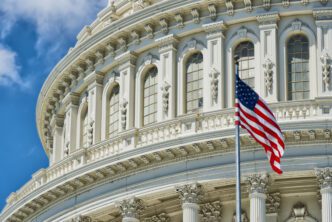Executive Summary
- Local governments face $242 million in costs to repair erosion from the 2024 hurricane season despite a quiet 2025 season.
- Advocates are requesting an increase in annual beach maintenance funding from $50 million to $75 million.
- State legislative leaders warn of a tight budget and projected revenue deficits that may hinder funding increases.
- A state study suggests a high return on investment for beach restoration, which serves as a critical driver for Florida’s tourism economy.
TALLAHASSEE — Despite a relatively quiet 2025 Atlantic hurricane season, Florida’s coastal counties continue to grapple with significant erosion and infrastructure damage sustained during the active 2024 season. As the Florida Legislature prepares to reconvene in January, local governments and advocacy groups are mobilizing to request a substantial increase in state funding for beach repair and maintenance.
According to a recovery plan issued by the Department of Environmental Protection (DEP), local governments are facing approximately $242 million in costs to replace sand eroded by Hurricanes Debby, Helene, and Milton in 2024. The Florida Shore and Beach Preservation Association, representing coastal cities and counties, has announced plans to petition lawmakers to increase the annual funding for beach sand maintenance from $50 million to $75 million.
“Our message is that beaches are the economic heartbeat of the state of Florida,” Pepper Uchino, president of the Florida Shore and Beach Preservation Association, stated. Uchino emphasized that beaches remain the most identified component of Florida’s brand, necessitating consistent investment.
However, supporters of the funding increase acknowledge significant hurdles. State lawmakers have warned of a tightening fiscal environment. “We need additional funding for our beach renourishment program,” State Senator Debbie Mayfield (R-Melbourne) said. “The budget is going to be tight. We’ll have to see what happens.” Similarly, House budget chief Lawrence McClure (R-Dover) described the budget outlook as challenging, noting that the state faces a three-year forecast predicting revenue deficits.
Economic data underscores the debate. A 2015 study by the state Office of Economic and Demographic Research found that every dollar spent on beach management produced a $5.40 return in state tax revenue. Charlie Hunsicker, Manatee County’s director of natural resources, argued that Florida cannot afford to reduce its commitment, warning that tourists may choose other destinations if beaches are left to erode.
The 2024 hurricane season report identified substantial non-federal costs for beach projects, including roughly $74 million for Lee County and nearly $46 million for Charlotte County. Jessica Fentress, Volusia County’s coastal director, noted that the sand acted as a necessary buffer during the storms, protecting upland property and economies from major damage.
Legislative and Economic Outlook
The upcoming legislative session presents a critical conflict between long-term infrastructure investment and fiscal conservatism. With revenue deficits projected, lawmakers face the difficult task of balancing the immediate need for environmental restoration against the mandate for a balanced budget. The designation of coastlines as “critically eroded” could increase long-term liabilities for the state if immediate maintenance funding is deferred. The outcome of these budget negotiations will likely set a precedent for how Florida manages climate resilience funding during periods of economic contraction.








